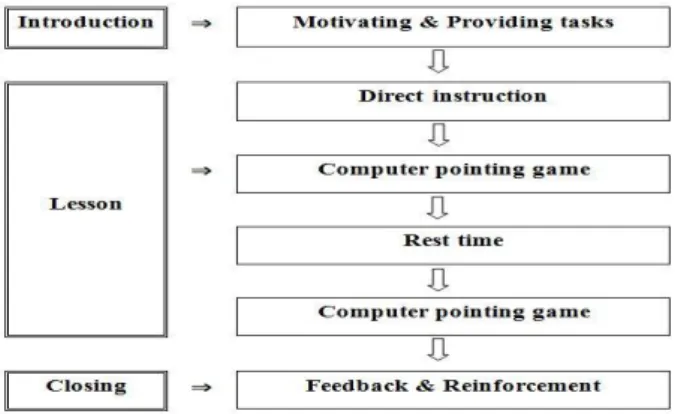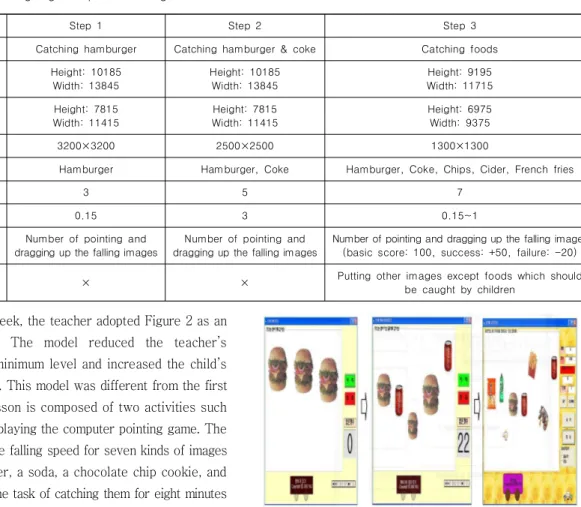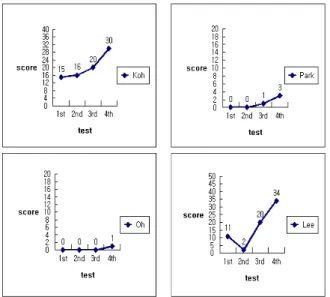Utilization of Computer Pointing Game for Improving Visual Perception Ability of Children with Severe Intellectual Disability
1)
전체 글
1)
수치



관련 문서
성장과 발달 7 27.. Diagnoses with problems in visual
1 John Owen, Justification by Faith Alone, in The Works of John Owen, ed. John Bolt, trans. Scott Clark, "Do This and Live: Christ's Active Obedience as the
Understanding the visual language demands the ‘Visual clue’ which helps the information audiences comprehend the structure of the visual language and grasp
According to the results of this study, the biggest visual effect that can be achieved by introducing a fusion collage technique using various media into
The above-mentioned findings suggested that the children with normal weight fared better with others and were more confident of their own physical ability
Rerunning techniques of a scene through the camera- eye and epical constructing technique through montage technique realize visual images and imultaneous..
Fifth, this survey shows us that higher perception of the marital conflict lowers children‘s social ability and their competence and leadership abilities.. Furthermore, they
In conclusion, it is suggested that: (a) there be educational programs for developing personality on the part of juveniles in order to prevent and